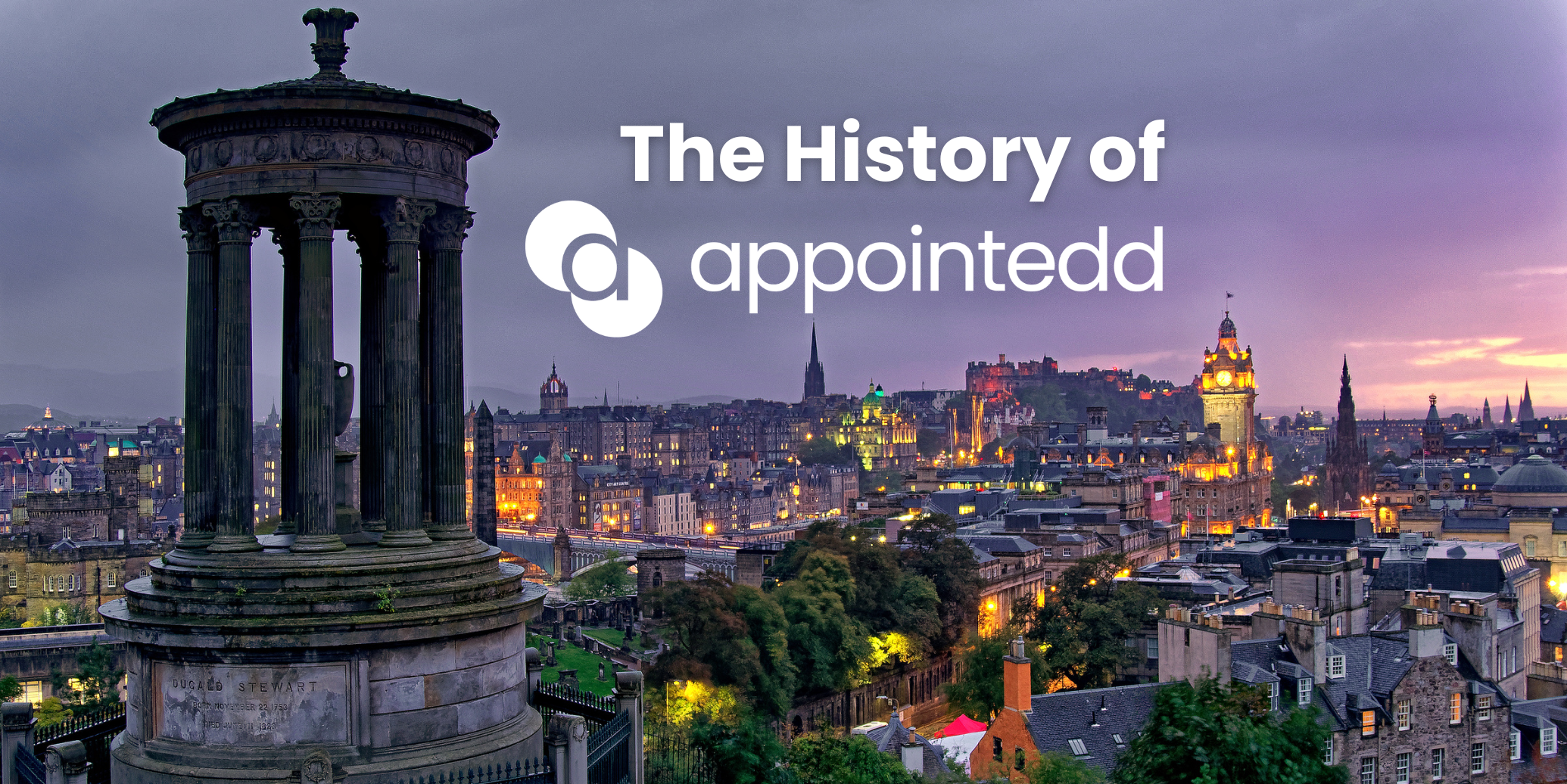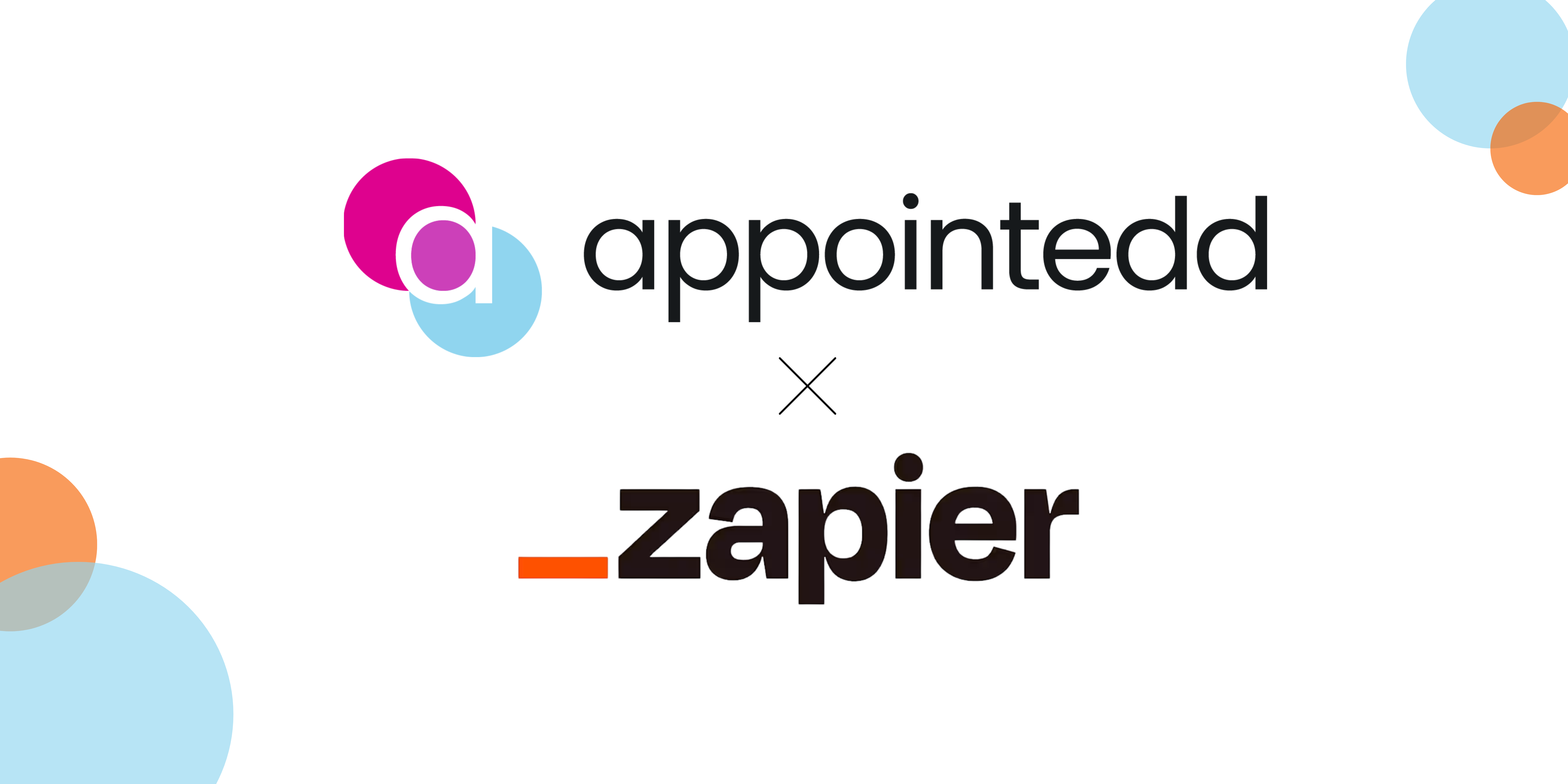If you’ve ever been in the thick of a Black Friday rush, you know that thrill and dread run neck-and-neck. The doors swing open, customers flood in, deals disappear, and somewhere along the way, things go off script: queues build, staff scramble, and suddenly the day feels less like opportunity and more like a blur.
We’ve worked with retailers through peak seasons, and one lesson keeps cropping up: with foresight, structure, and the right tools, you can turn that blur into something powerful and precise. Smart booking systems are one of those tools that are quietly changing how the biggest retail moments play out - for the better.
Why Black Friday spirals so easily
Let’s be honest about what goes wrong.
The problem isn’t demand. High demand is exactly what you want. The real issue? Everyone wants the same thing at the same time. That first-in-the-door feeling, the early bird deals, the thrill of being there when it all kicks off.
Last year, 81.7 million people shopped in physical stores during Black Friday, and when they all converge at opening time with limited staff, fixed store layouts, and no structured way to manage flow, things spiral quickly. You end up with friction, frustrated customers, potential safety issues, and ironically, lost sales.
There’s research showing that customer satisfaction drops significantly in those high-pressure hours. A global study of 57 million in-store feedback responses reveals that satisfaction is highest early in the morning, then steadily declines throughout the day, especially into the evening when traffic, stock issues, and wait times compound.
Then there’s the safety side. The UK’s Health & Safety Executive (HSE) emphasises that venues must asses crowd safety risks proactively. How many people are expected, the layout of entrances/exits, possible bottlenecks, and how people move around. Whether it’s a concert, event or packed store, many of those same principles apply.
So when Black Friday comes, if you haven’t shaped the flow ahead of time, you’ll end up firefighting, and that rarely ends well for your team, your customers, or your brand.
How smart booking systems flip the script
Now imagine a different version of Black Friday.
You open your booking dashboard on Thursday night and see a beautifully staggered schedule. Morning slots are full but manageable. That mid-afternoon lull you always dread? It’s balanced out with click-and-collect pickups. Staff breaks are aligned with quieter periods. Customers arrive at their scheduled times, check in smoothly, and get automatic reminders. No massive queues. No confusion. No firefighting.
Sound too good to be true? It’s really not. This is exactly what smart booking systems are designed to do.
By letting customers pre-book their shopping windows, in-store consultations, or collection times, you’re taking control of the flow before the day even starts. Instead of reacting to a rush, you’re managing it proactively. Smoothing out those peaks, optimising your staff schedule, and maintaining a calm, high-quality experience throughout.
You’re not just preventing chaos. You’re creating predictability.
Here’s what’s really powerful: when customers know they’ll be seen and helped without a lengthy wait, they’re not just happier, they’re more likely to spend more. Research shows that 63.5% of shoppers now use both online and in-store channels for Black Friday purchases, meaning they’re already comfortable with pre-planning their shopping. The trust that comes from an organised, seamless experience translates directly to loyalty and revenue.
What this looks like in practice
We’ve seen firsthand how even a simple layer of structure can completely transform a peak trading day.
Think about your typical pain points: the bottleneck at the entrance, the chaos around popular product sections, the overwhelmed fitting rooms, the pickup counter where orders somehow go missing. Each of these can be addressed with strategic booking.
Take Victoria’s Secret, for example. They knew their bra fitting service wasn’t just nice to have, it was a direct revenue driver. But their old system made it difficult for customers to book and even harder for staff to manage appointments during busy periods.
After implementing Appointedd, they transformed the entire experience. Customers could book fittings online 24/7, choosing times that worked for them. Store teams got instant visibility of upcoming appointments, so they could prepare properly for each customer instead of being caught off guard.
The results? A 100% conversion rate from booking to sale, with an average basket size of £109. Every single appointment led to a purchase. That’s what happens when you remove friction and create a structured, personalised experience, even on your busiest days.
Another example: Click-and-collect bookings. Rather than having customers show up randomly throughout the day to collect pre-ordered items, slots can be staggered. This means the collection area doesn’t turn into a second queue nightmare, and customers appreciate knowing exactly when to arrive.
The beauty is that you can start small. You don’t need to book out your entire store. Just identify where the friction typically happens and test booking in those specific areas.
Unsure of where your biggest frictions are? Take two minutes to find out with our booking process audit and receive expert-back recommendations on how to fix them.
Why Appointedd is built for this
Look, there are plenty of booking systems out there. But not all of them are actually built for the complexity and scale that retailers need, especially during peak periods.
Appointedd was designed from day one with flexibility and integration in mind. It handles everything from multi-location scheduling to automated reminders. It’s not just a booking link you stick on your website, it’s a control centre for your entire operation.
You can manage exactly how many customers book per slot, add buffer times so your team has breathing room between appointments, send automatic notifications to reduce no-shows, and integrate it seamlessly with your website or POS system.
What really sets Appointedd apart? The reporting and data insights. You’re not flying blind anymore. You can see booking patterns in real-time, identify your peak demand windows, track conversion rates, and understand exactly which services or time slots are driving the most revenue. The data becomes invaluable not just for Black Friday, but for every peak period after it. You learn what works, what doesn’t, and how to optimise for the next time.
It’s the kind of quiet technology that works in the background, making what could be a chaotic day feel surprisingly effortless.
Building your Black Friday playbook
If you’re thinking, “This all sounds great, but where do I start?” - here’s the practical bit.
Start with your pain points. Where does chaos usually happen? Is it the entrance? Collections? Fitting rooms? Popular product demonstrations? Choose one or two areas to pilot booking first.
Open slots early and strategically. Give your loyalty customers or newsletter subscribers first access. This lets you gauge demand, test the system, and build anticipation. It also rewards your best customers, which never hurts.
Use data to balance staff coverage. Once you can see when bookings are clustering, you can schedule your team accordingly. No more guessing how many people you need on the floor at 3pm.
Add gentle incentives for off-peak slots. Early access to a special offer, or an exclusive first look at new stock can help spread demand more evenly throughout the day.
Communicate clearly and often. Send booking confirmations, reminders, and clear instructions about what to expect. Make sure your team is fully briefed on how the system works. Good communication makes everything smoother, and it doesn’t have to create more admin work.
When Black Friday actually arrives, you’ll notice something remarkable: fewer lines, calmer customers, and staff who can actually breathe between transactions. Instead of survival mode, you’re in service mode. And that’s where the magic happens.
From panic to precision
Here’s the bottom line: Black Friday is always going to be big. Total Black Friday spending in 2024 exceeded $36 billion, and that number keeps growing. But big doesn’t have to mean chaotic.
The retailers who win the day, who create memorable experiences, build lasting loyalty, and actually enjoy their busiest period, are the ones who plan ahead, manage flow intelligently, and use data to guide their decisions.
Smart booking isn’t about turning your store into an appointment-only fortress or losing that spontaneous shopping energy. It’s about creating rhythm. It’s about knowing what’s coming, preparing your people properly, and ensuring every singly customer who walks through your door feels like they were expected.
Because when you turn Black Friday from a mad scramble into a well-orchestrated sequence, everyone wins. Your team works better. You customers have a better experience. And you actually get to enjoy the day you’ve been preparing for all year.
If you’re ready to explore what that could look like for your brand, Appointedd is a great place to start. Because you work too hard to let chaos steal your biggest opportunity.




.png)
